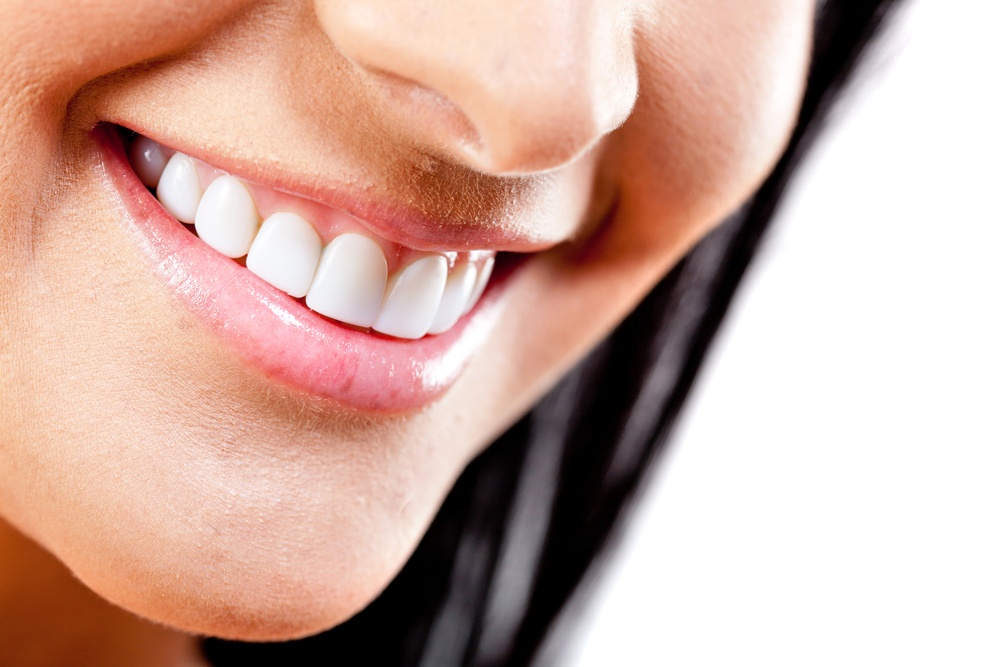
If you’re a regular reader of our blog (thank you so much!) you might have noticed that there are a lot of reasons to be concerned about your oral health and we often use this format to provide practical warnings and reminders. But, when we expand our view to take in the entire history of human oral hygiene, we can’t help but be amazed and impressed by how much better we have it in 2018 than our parents, grandparents, and other ancestors when it comes to maintaining a healthy smile.
With that in mind, here are 12 reasons why your oral health is (most likely) better than that of your ancestors:
Strange, painful, and dangerous methods
Before medical science came to a proper understanding of how the body — and, particularly, the teeth, gums, mouth, and throat — worked, human beings relied on a number of common practices and tools that just make us cringe today.
-
The earliest toothbrush we can identify consisted of a simple stick or twig which was chewed to a softer, flatter surface on one end, then rubbed against the teeth.
-
The Chinese invented the bristled toothbrush as we (sort of) know it today. It was originally made from bone and stiff hairs collected from wild boars.
-
Early toothpaste formulas included a number of unexpected ingredients, including powdered fruit, burnt or ground shells, talc, honey and dried flowers. Those might sound alright, all things considered, but other common ingredients included mice, rabbit heads, lizard livers and urine.
Before toothbrushes and toothpaste really took hold, though, things were even worse…
-
If someone felt the need to clean their teeth (which wasn’t always a priority, by any means) they usually used a rough piece of cloth and water.
-
Sometimes, if white teeth were really important to them, they would rub abrasive substances on them, like salt or chalk. The ancient Greeks and Romans commonly used a powder made of the ashes of ox hooves and burned eggshells, although crushed oyster shells and bone were also used.
And, when it came to caring for toothaches — which humans have been doing since the earliest times we’ve learned about — the concepts of sterilization and pain reduction are relatively new advances…
-
In the 1660s, according to some estimates, as many as 10 percent of the deaths in London could be linked to toothache. The biggest danger was infection, which simply wasn’t understood at the time, but attempts to reduce pain were also quite dangerous. They included chloroform, cocaine injected directly into the gums, and simply getting the “patient” incredibly drunk.
-
In 1790, a British chemist recognized the pain-inhibiting effects of nitrous oxide, but it wasn’t until 1863 that it was mixed with oxygen to produce the safer and more effective anesthetic we still use today.
Modern oral health practices
When contrasted with the above facts, it’s amazing to see how far dental science has come in just the last two centuries. Even in the last 75 years or so, we’ve gone from a population that fully expects to lose their teeth as they get older, to it being far more common to keep all your natural teeth your entire life. This change has further affected how dental professionals approach their profession.
These days, advances are coming at a rapid pace...
-
“Today, 50 percent of all children reach the age of 10 without having any cavities, and one-third of 18-year-old people are cavity-free,” according to Dr. Matt Messina, a consultant for the American Dental Association.
-
Modern dentistry is governed largely by our thorough understanding of microorganisms and infection, which is why we’ve “greatly reduced the risk for infections and implants, while crowns and bridges are now common cosmetic procedures.”
-
Precise 3D prints can help in the production of dental models accurate enough for use in dentistry.
-
An electric toothbrush incorporates bluetooth technology and smart sensor technology, providing data that help you take better care of your teeth and gums.
-
A new portable digital imaging solution in dentistry helps in the detection of dental caries and cracks. The device uses near-infrared light that makes it easier for clinicians to see through the tooth and observe any abnormalities.
And, of course, there are many other advances we haven’t even touched on yet.
So, while a trip to the dentist may not be the most fun you’re going to have this month, it’s all a matter of perspective: compared to your ancestors, you have a much better situation laid out for you than they did. Take advantage of the fact that you’re living at this point in human history by prioritizing your oral health.
